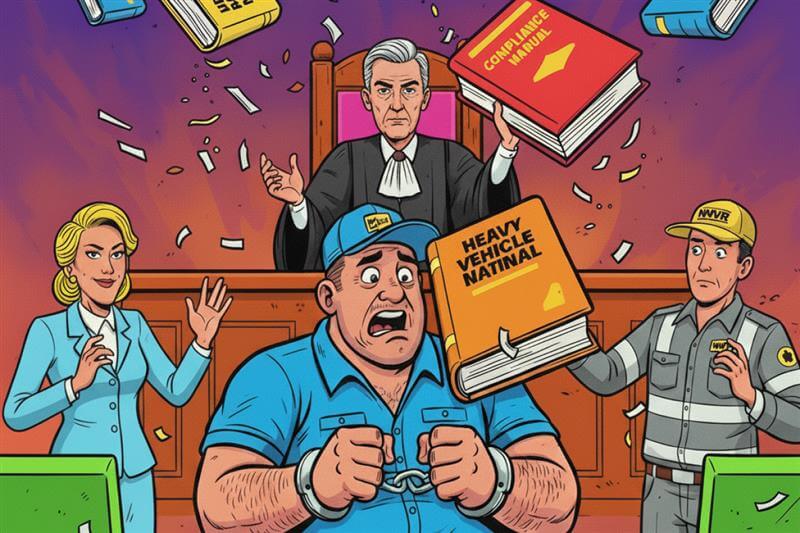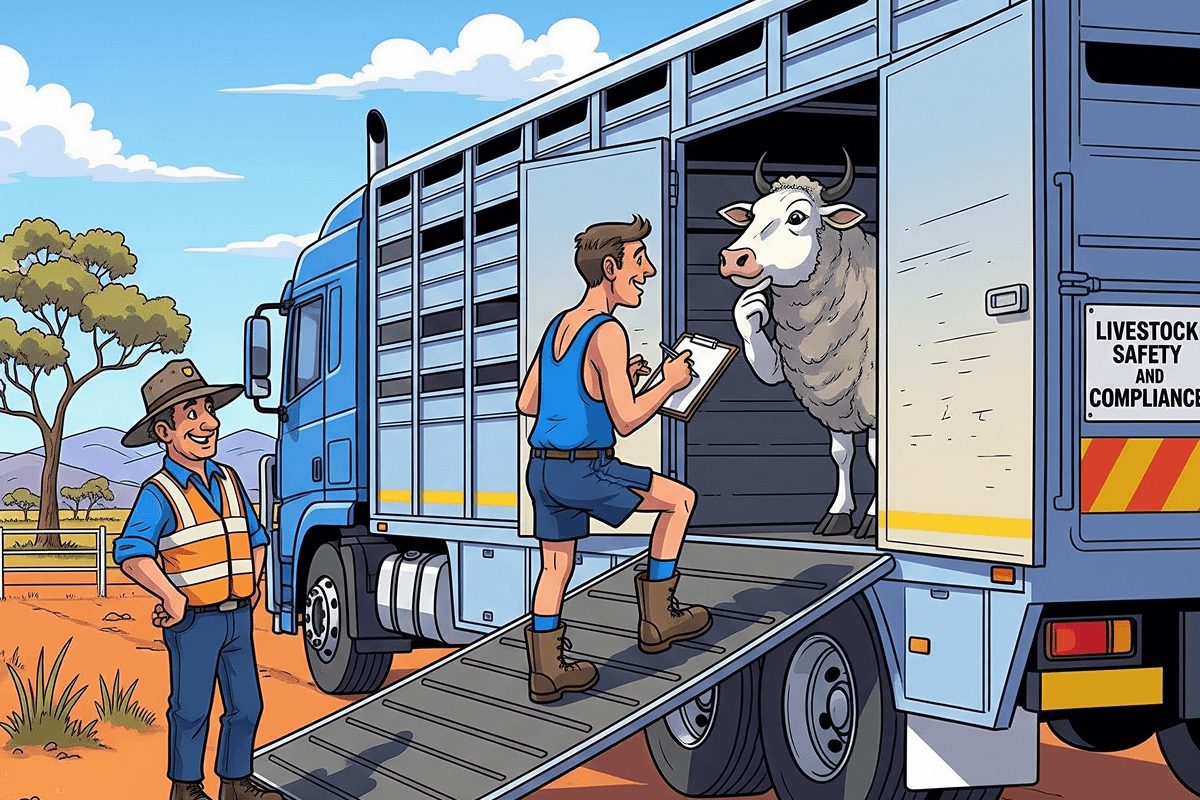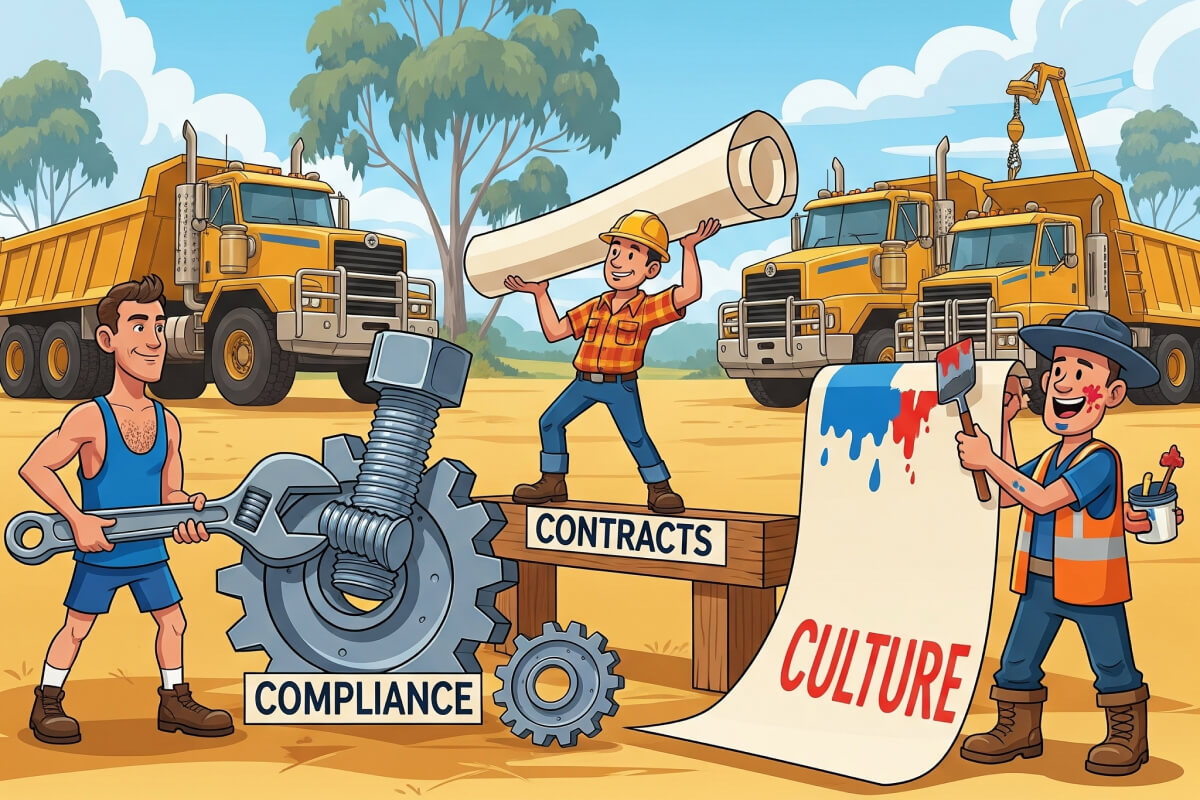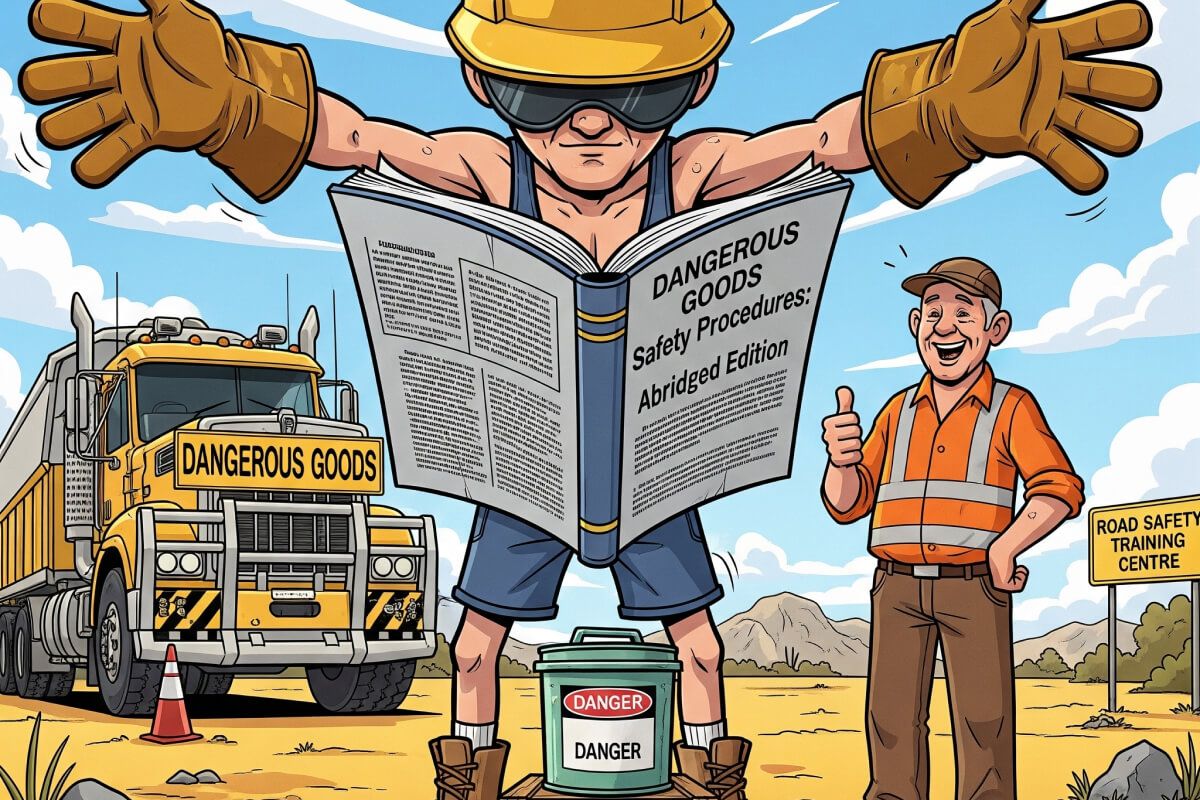
On this episode of Risky Business, sponsored by Hubfleet, we turned our attention from the road to the courtroom.
Over the past five years, transport law enforcement has shifted dramatically. Regulators are no longer targeting only drivers — they’re focusing on decision-makers: owners, schedulers, and executives.
Recent prosecutions under the Chain of Responsibility have carried multimillion-dollar penalties, including a $2.31 million fine after the Eastern Freeway crash — a stark reminder that compliance failures can cost lives and businesses .
Our guest, Belinda Hughes, Principal Lawyer at Hughes Law and former NHVR Director of Prosecutions, has seen both sides of the courtroom. Her insight: understanding the law is critical — but living it every day through your Safety Management System is what keeps you safe.
You can listen to the full episode here:
| Listen to the full episode on | ||
| Spotify | Soundcloud | Apple Podcast |
For those who don’t have time to listen to the full episode, here’s an overview below of what we covered:
Understanding Legal Risk in Transport
Transport is one of the most heavily scrutinised industries in Australia — and the courtroom is becoming as risky as the road.
In the last five years, Chain of Responsibility enforcement has evolved from targeting drivers to pursuing the decision-makers who influence safety: schedulers, managers, and executives.
Fines now reach into the millions, directors are being personally prosecuted, and small operators are learning that intent isn’t a defence if their systems don’t match what the law expects.
Why Good Intent Isn’t Enough
Most operators don’t set out to break the law. Yet, many find themselves in trouble because their compliance systems don’t reflect reality.
Under the HVNL, regulators don’t just assess what you meant to do; they look for evidence of what you actually did.
If you have a fatigue policy but can’t show rest breaks being monitored, or a maintenance procedure with no records to match, that’s a prosecution waiting to happen.
Belinda Hughes, Principal Lawyer at Hughes Law and former NHVR Director of Prosecutions, explains that the easiest case for a regulator to win is one where “the operator’s own documents become the evidence against them.”
The lesson: systems must live in daily practice. An unused manual is worse than no manual at all.
The Danger of “Shelf Systems”
A “shelf system” is a compliance binder that looks impressive but isn’t followed. These systems give false comfort while creating huge liability.
Every operator should regularly review whether their stated policies still match real operations.
Ask yourself:
- Do my drivers know what’s in the policy?
- Can I prove they’ve been trained and acknowledged it?
- Is there data showing we follow it?
Digital tools like Hubfleet remove this gap by linking policy to proof — storing acknowledgements, training records, and live fatigue, maintenance and mass data in one auditable platform.
Lessons from the Eastern Freeway Case
The Melbourne Eastern Freeway crash remains one of the most sobering reminders of how quickly things can go wrong.
Poor scheduling, falsified diaries, and ignored fatigue breaches led to tragedy — and a $2.31 million fine.
The court didn’t just blame the driver; it examined the entire system and found systemic management failures.
The real takeaway isn’t the penalty — it’s that a functioning SMS with clear fatigue controls, active monitoring, and leadership accountability could have prevented the event altogether.
That’s the new benchmark: compliance proven through evidence, not intention.
Building a Culture That Prevents Prosecution
Culture and communication are now as critical as paperwork.
Regulators expect to see that drivers can raise fatigue, maintenance, or loading concerns without fear — and that management acts when they do.
This means scheduling, training, and supervision must be integrated and transparent. A good SMS doesn’t just record incidents; it gives everyone a role in preventing them.
Hubfleet supports this culture by connecting Fatigue Management, Maintenance, Mass, and training into one living record — evidence that compliance isn’t an afterthought.
From Reaction to Prevention
The industry is shifting from reactive prosecution to proactive prevention.
Strong Safety Management Systems are now the standard for accreditation and due diligence. Executives are expected to know how their systems work, what the data shows, and what improvements are being made.
Proactive businesses are already auditing themselves, closing gaps, and using digital platforms to capture evidence before a regulator asks for it.
As Belinda Hughes said:
“Good systems protect drivers and businesses alike — they shouldn’t sit on a shelf; they should work for you every day.”
Belinda’s message is simple — intent isn’t enough anymore.
You need living systems, recorded actions, and a culture that puts safety first.
Hubfleet makes that easier by turning compliance from paperwork into proof.
You can sign up for a free 14-day trial and see how simple compliance can be.
Policy Spotlight: The Contractual Chain Order
The episode closed with an update on the proposed Contractual Chain Order (MS2024/4) before the Fair Work Commission.
If adopted, it would set 30-day maximum payment terms, mandatory rate reviews, and fair contract standards across the transport chain.
For operators, this could finally address one of the industry’s longest-standing risks — cash-flow pressure leading to unsafe work practices.
The NRFA continues to call for confidential submissions of real-world contract evidence to support this reform.
Belinda Hughes’ Top 12 Legal Tips for Transport Operators
Former NHVR Director of Prosecutions and now defence lawyer Belinda Hughes shared these practical insights on how to stay compliant, stay safe — and stay out of court.
1. Don’t speak unless you have to
Anything you say can (and often will) be used against you. Provide only what’s required and seek legal advice first.
2. Get legal advice early
If you receive a notice or investigation request, call a lawyer immediately. Early help can stop a small issue becoming a prosecution.
3. Eliminate “shelf systems”
A policy you don’t follow is a liability. Regulators will use your own documents as evidence if practice doesn’t match paper.
4. Make your SMS real
Your Safety Management System should reflect how you actually operate — with live records, reviews, and follow-up actions.
5. Record what happens — every time
If you review fatigue, issue a corrective action, or check maintenance — write it down. Evidence protects you when things go wrong.
6. Fix scheduling and fatigue risks
Unrealistic deadlines drive most prosecutions. Build rosters and delivery expectations around safe, legal hours.
7. Build open communication
Encourage drivers to report fatigue, faults, and risks without fear. Transparency shows regulators you’re serious about safety.
8. Keep your system current
Review policies regularly so they match today’s work, routes, and customers — not last year’s.
9. Show genuine effort
You won’t be perfect — and the law knows that. What matters is that you identify risks, act on them, and keep improving.
10. Turn compliance into culture
Make safety and compliance part of everyday operations, not a separate chore. That’s how good operators stay out of court.
11. Test your system before the regulator does
Audit yourself. Check records, evidence trails, and corrective actions. Catch the issues before the inspector does.
12. Use digital tools to prove your story
Platforms like Hubfleet connect fatigue, maintenance, mass, and training data — turning compliance into verifiable evidence.







